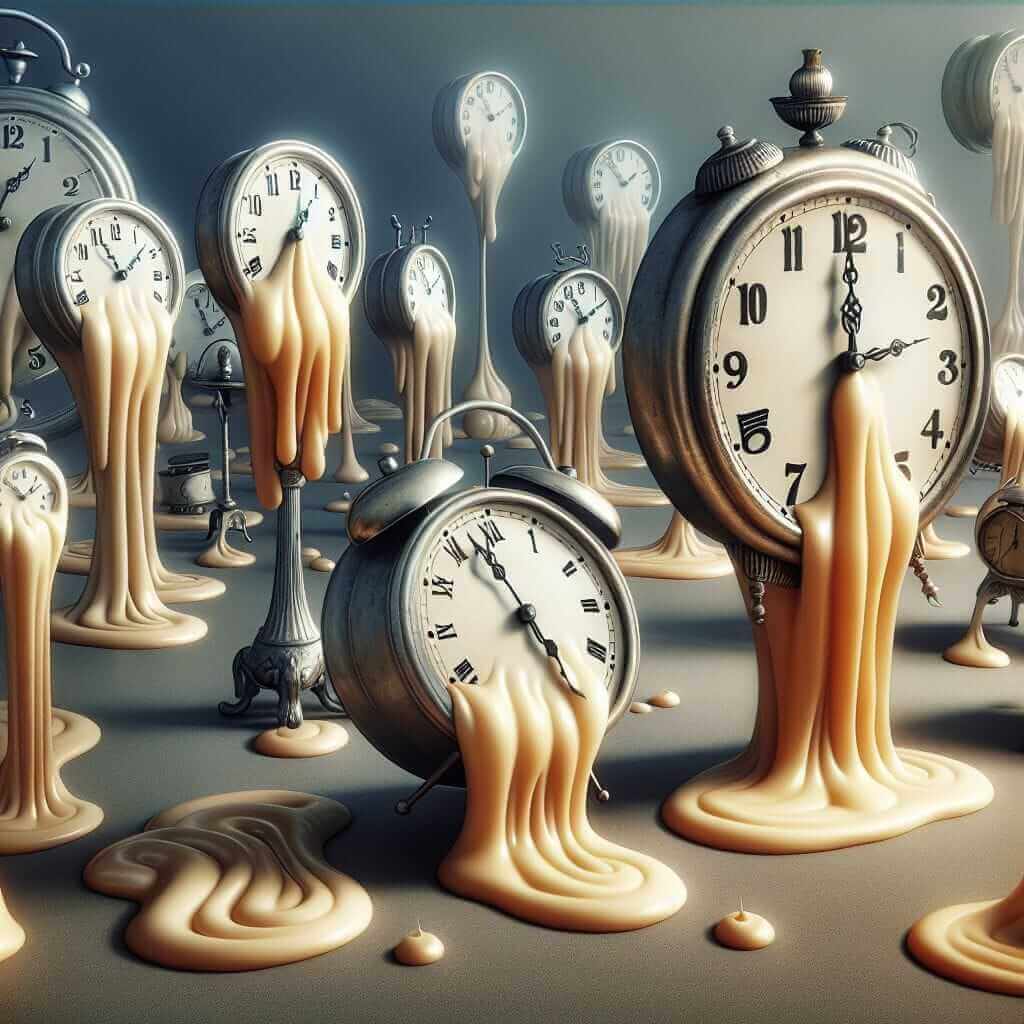Introduction: The Intersection of Art, Truth, and Language
The IELTS Speaking test evaluates your ability to articulate complex ideas clearly and effectively. One such topic that often surfaces, and can be deceptively challenging, is the relationship between art and truth, often phrased as “Are artists liars?” This question delves into the realms of philosophy, artistic expression, and the very nature of communication. This essay will guide you on how to approach this multifaceted topic, providing vocabulary, arguments, and examples to help you excel in your IELTS Speaking exam.
Understanding the Question: Beyond Literal Interpretations
The prompt “Are artists liars?” is not about accusing artists of dishonesty. It’s a springboard to discuss:
- The nature of artistic representation: Art often uses symbolism, metaphor, and abstraction to convey emotions, ideas, and experiences. It’s not about replicating reality literally, but rather interpreting it.
- The subjectivity of perception: Different viewers bring their own backgrounds, biases, and interpretations to a work of art. What one person perceives as “true,” another might see differently.
- The power of imagination: Art often explores fictional worlds, hypothetical scenarios, or emotions that may not be directly experienced by the artist.
Constructing Your Response: Key Arguments and Vocabulary
1. Art as a Form of Truth:
- Emotional Truth: Artists often tap into universal emotions – love, loss, joy, fear. Even if the scenario depicted is fictional, the emotions conveyed can resonate as deeply truthful.
- Social Commentary: Art can be a powerful tool for social critique, reflecting the realities of injustice, inequality, or political turmoil.
- Historical Record: Artistic mediums, from paintings to folk songs, have served as records of history, preserving cultural practices and events.
Useful Vocabulary:
- Evoke, convey, express, reflect, capture, highlight, illuminate, expose
- Subjectivity, perspective, interpretation, representation, symbolism, allegory, metaphor
2. Art as a Departure from Literal Truth:
- Creative License: Artists often employ imagination, fantasy, and exaggeration to create compelling narratives or visually striking compositions.
- Abstract Expression: Styles like abstract art don’t aim for literal representation but explore form, color, and emotion through non-representational means.
- Entertainment Value: Much of art, such as film or fiction writing, is designed to entertain, employing fictional characters and storylines for that purpose.
Useful Vocabulary:
- Fabricate, fictionalize, embellish, abstract, distort, reinterpret, reimagine
- Escapism, fantasy, surrealism, expressionism, narrative, storytelling

Illustrative Examples:
- Realism in Literature (Truth): Charles Dickens’ novels, while fictional, painted a starkly accurate picture of poverty and social injustice in Victorian England.
- Surrealism in Art (Departure from Literal Truth): Salvador Dali’s melting clocks are not “real” but evoke a sense of the fluidity and subjectivity of time.
IELTS Speaking Tips:
- Structure is Key: Organize your thoughts before speaking. Use clear topic sentences and transition words (however, furthermore, in contrast) to guide the listener.
- Vocabulary Matters: Employ a range of sophisticated vocabulary to demonstrate your language proficiency.
- Examples are Crucial: Ground your arguments in concrete examples from art, literature, or history.
- It’s a Conversation: Engage with the examiner’s questions and be prepared to elaborate on your ideas.
Conclusion:
The question “Are artists liars?” is a thought-provoking prompt designed to assess your ability to navigate nuanced arguments. By understanding the question’s deeper implications, employing a range of vocabulary, and supporting your claims with well-chosen examples, you can deliver a thoughtful and articulate response that showcases your IELTS Speaking skills.